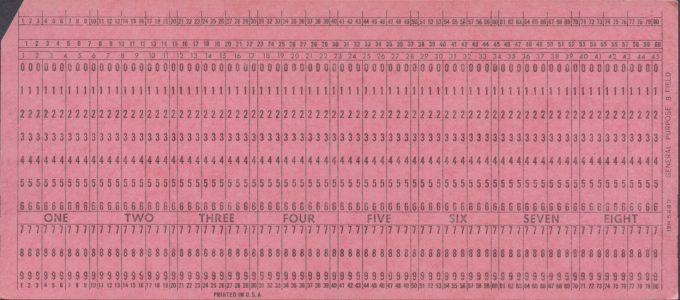CMA CGM outlines plan to deploy AI across shipping and logistics operations
CMA CGM plans to apply artificial intelligence (AI) in its business, including starting an AI ...

This opaque question is the headline of an ad placed by KLM Royal Dutch Airlines in The Economist magazine. The point of the ad is that importers should not just look at the transportation costs when deciding to move goods by air or sea. But also at a host of other variables, such as interest charges on transit stock and insurance fees.
To calculate the full cost for an importer, the airline developed a programme called ‘The Test of Time’ which ...
Maersk u-turn as port congestion increases across Northern Europe
Apple logistics chief Gal Dayan quits to join forwarding group
Maersk Air Cargo sees volumes fall as it aims for 'margin in favour of revenue'
Houthis tell Trump they will end attacks on Red Sea shipping
Transpac rates hold firm as capacity is diverted to Asia-Europe lanes
Airlines slash freighter capacity post-de minimis, but 'the worst is yet to come'
MSC revamps east-west network as alliance strategies on blanking vary
India-Pakistan 'tit-for-tat' cargo ban sparks sudden supply chain shocks

Comment on this article